Text and Photos by Henrylito D. Tacio
When I was growing up, I usually read a big billboard that welcomed me whenever I came to Davao City that said: “The Land of Promise.”
That was what I all remembered. I didn’t know if the billboard was referring to Davao City or Mindanao. But reading the glossy book, Philippines, written by Richard Z. Chesnoff, I now think the billboard was describing Mindanao as a whole.
“Mindanao is the future,” Chesnoff wrote in the book first published in 1978 – that’s six years after then President Ferdinand Marcos declared Martial Law. “Vast, with some areas still uncharted, it is an island of fertile plateaus and mineral-rich mountains, mighty waterfalls and towering rainforests. It is also blessed with a climate free from typhoons that rage across most of the Philippines. The result is a promised land of enormous economic potential.”
The Environment and Natural Resources Atlas of the Philippines described Mindanao in these words: “A land of towering mosques and of cultural communities whose tales of bravery are as colorful as their tapestries.”
Mindanao is the second-largest island in the country – after Luzon. With a population of more than 26 million, it is the seventh most-populous island in the world. Most of these people are concentrated in the cities of Davao, Zamboanga, Cagayan de Oro, General Santos, Butuan, Iligan, and Cotabato.
The name “Mindanao” is a Spanish variation of the name of the Maguindanao people, the dominant ruling ethnic group in the Sultanate of Maguindanao in southwestern Mindanao during the Spanish colonial period. The name itself means “people of the lake.” although it is usually translated to “people of the flood plains” in modern sources.
“Mindanao is also a nature-lover’s paradise,” the atlas pointed out.
For one, it is home to three of the most famous waterfalls. There’s Maria Cristina Falls, which is situated within a canyon whose water plunges into a pool below. With a height of 320 feet, this second highest waterfall in the country is one of the main sources of power for the whole island.
The highest waterfall is Aliwagwag Falls located in Cateel, Davao Oriental. This multi-tiered waterfall with 84 steps (ranging from 6 to 110 feet) has a combined height of 1,110 feet. The place is surrounded by rosewood, locally known as toog, the tallest trees in the country.
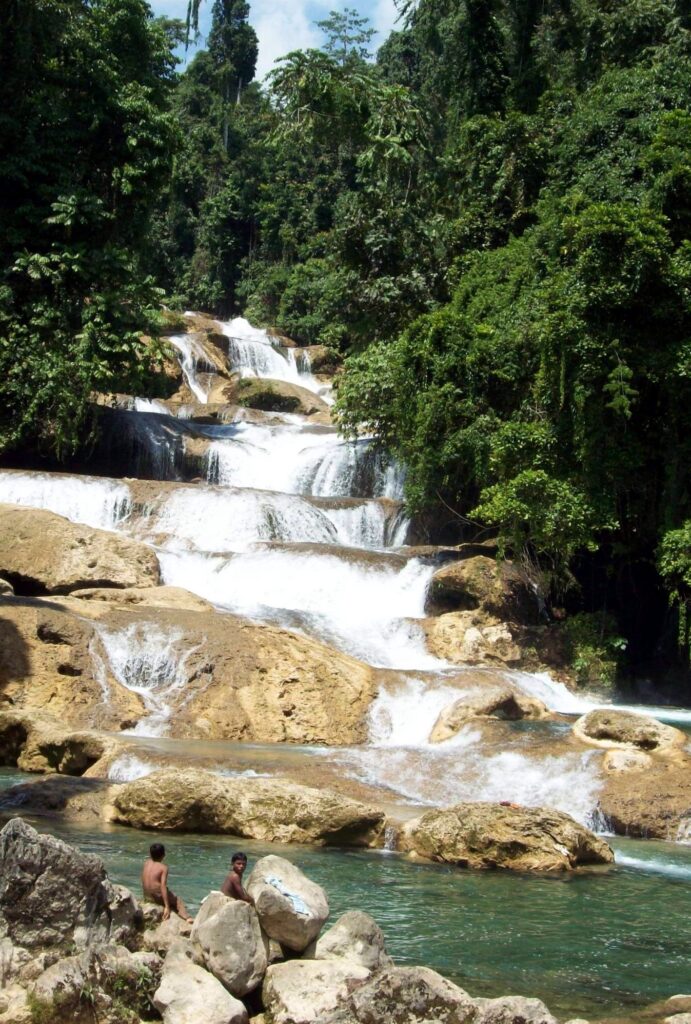
Lake Sebu in South Cotabato is noted for its lakes but it is equally famous for its seven waterfalls. These are given T’boli names that describe each: Hikong Alo (passage falls), Hikong Bente (immeasurable falls), Hikong B’Lebel (zigzag falls), Hikong Lowig (booth falls), Hikong K’Fo-l (wild flower falls), Hikong Ukol (short falls), and Hikong Tonok (soil falls).
General Santos City has been known as the Tuna Capital of the Philippines since the 1970s as its total daily catch can surpass any other fish ports in the country. Most of the tastiest tuna caught (which are served not only in the country but also in other countries) come from the rich waters of Sarangani Bay.
The highest mountain, Mount Apo, is located in Mindanao. With an elevation of 9,692 feet, it is the 24th highest peak of an island on earth. It is located on the tripartite border of Davao City, Davao del Sur (Digos City and Bansalan), and North Cotabato (Kidapawan City).
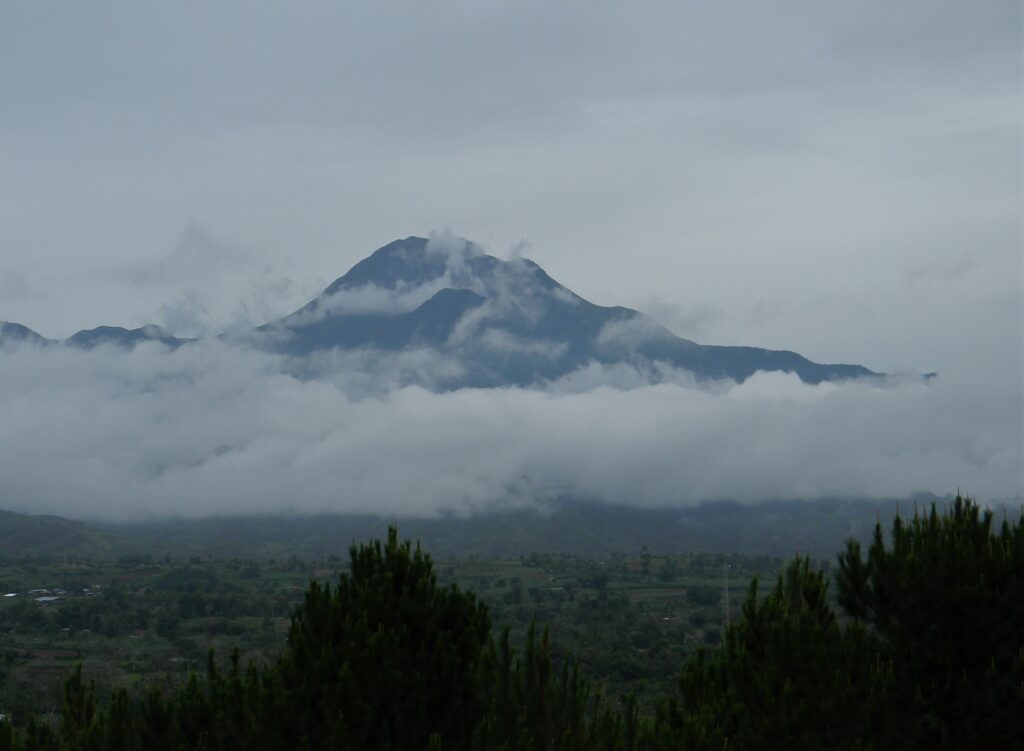
Mount Apo is home to two of the country’s most treasured wildlife species: the Philippine eagle and waling-waling. Named as the national bird in 1995 by then President Fidel V. Ramos as it can only be found in the Philippines. What makes the bird also unique is that it has no known close relatives or sub-species. To see the bird up-close, visit the Philippine Eagle Center in Malagos, Davao City.
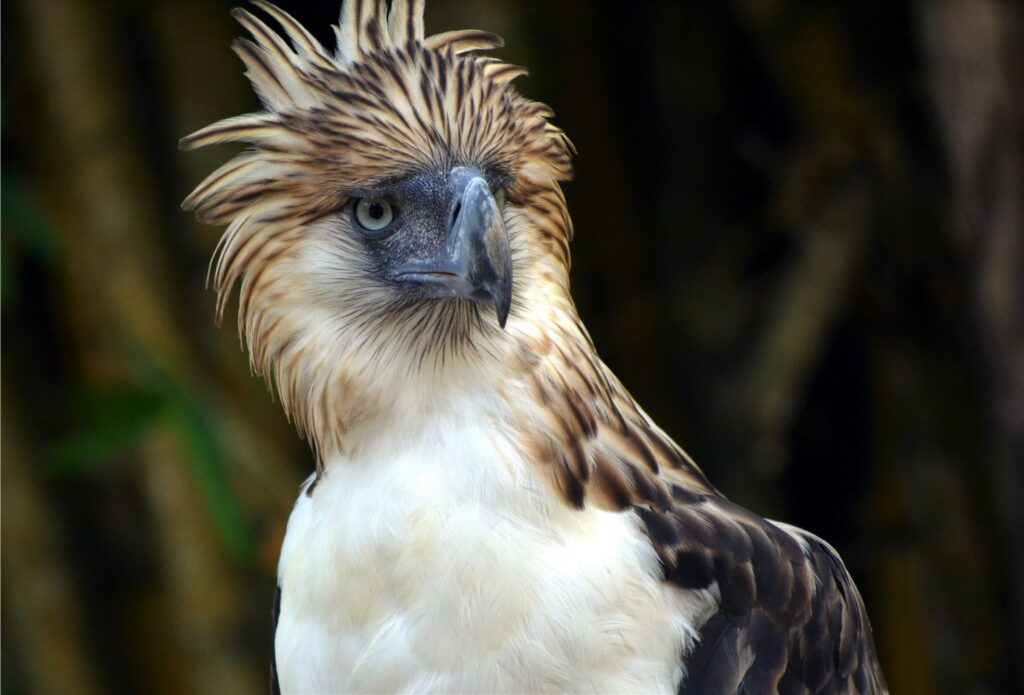
The rare and endangered waling-waling is an orchid and considered to be the “Queen of Philippine flowers.” They used to be found on the trunks of dipterocarp trees at elevations below 500 meters. Today, the flower is considered rare in nature.
Pujada Bay – known for its rich coral reef system – in Mati City, Davao Oriental, has recently been accepted in the prestigious club of the Most Beautiful Bays in the World. It has four white-sand beaches, which are located in Pujada, Uanivan, Oak and Ivy Islands.
“(Pujada Bay) is home to 25 genera of hard and soft corals,” Wikipedia reports. “It also contains approximately 850 hectares of mangroves of mostly secondary growth and mangrove plantations distributed along its shores. It is also known to harbor nine of the sixteen species of seagrasses found in the Philippines.”
Mati City is also synonymous with Dahican Beach, a 7-kilometer open beach surrounded by tall coconut trees and fine white sand. As it has powerful waves, it is a popular destination for suffers and skimboarders.
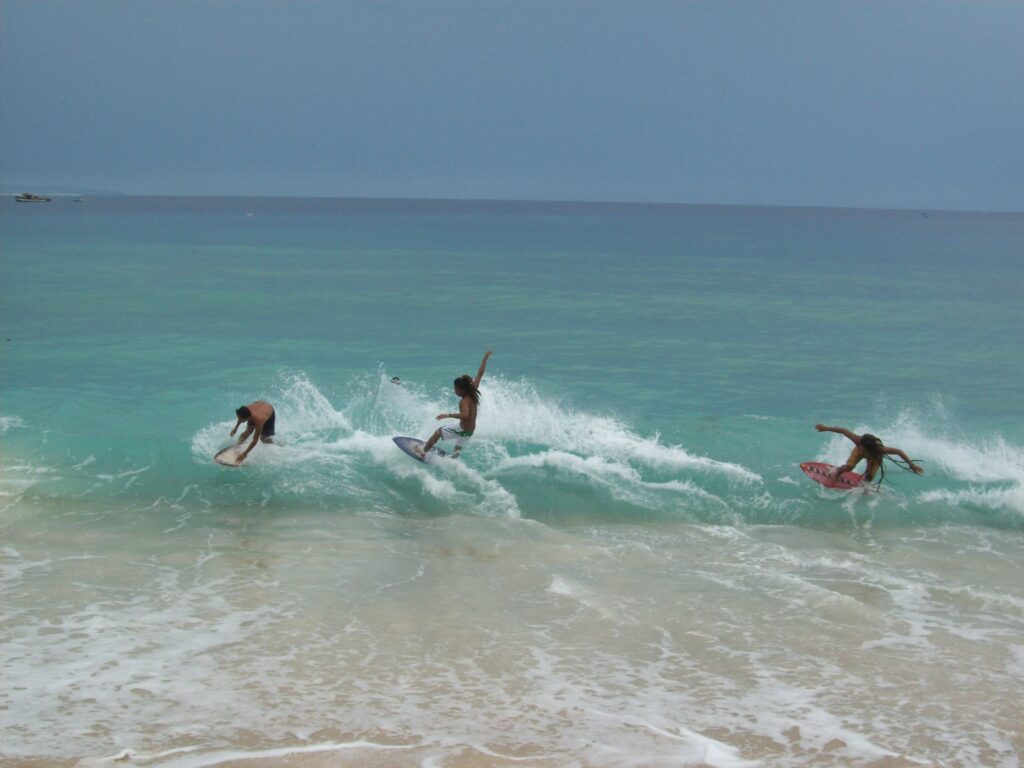
Davao Oriental is also the location of Mount Hamiguitan, which has a height of 1,620 meters or 5,315 feet. The mountain is known for its unique pygmy forest of century old trees, with many endangered, endemic and rare species of flora and fauna. In 2014, the range was inscribed as a World Heritage Site by the United Nations Economic, Scientific and Cultural Organization (UNESCO).
Bukidnon is known for its pineapple plantation. But it is also noted for Dahilayan Adventure Park in Manolo Fortich. This favorite extreme playground has a dual zipline where you can fly just like Superman from a launch point of 4,700 feet above sea level and at a speed of 90 kilometers per hour.

It is also in Bukidnon – which means “highlander” or “mountain dweller” – where you can find Mount Dulang-dulang, the country’s second highest peak with an elevation of 9,639 feet. It is in the Kitanglad Mountain Range.
In Cagayan de Oro City, there is the Seven Seas Waterpark and Resort. It is considered to be the largest pirate-themed waterpark with 10 exciting waterslides, a 400-meter long lazy river, kids water play area and a dual wave pool.
Siargao, a tear-drop shaped island in Surigao del Norte, is the surfing capital of the country. The coastline is marked by a succession of reefs, small points, and white, sandy beaches. In 2021, it was voted the Best Island in Asia by Conde Nast.
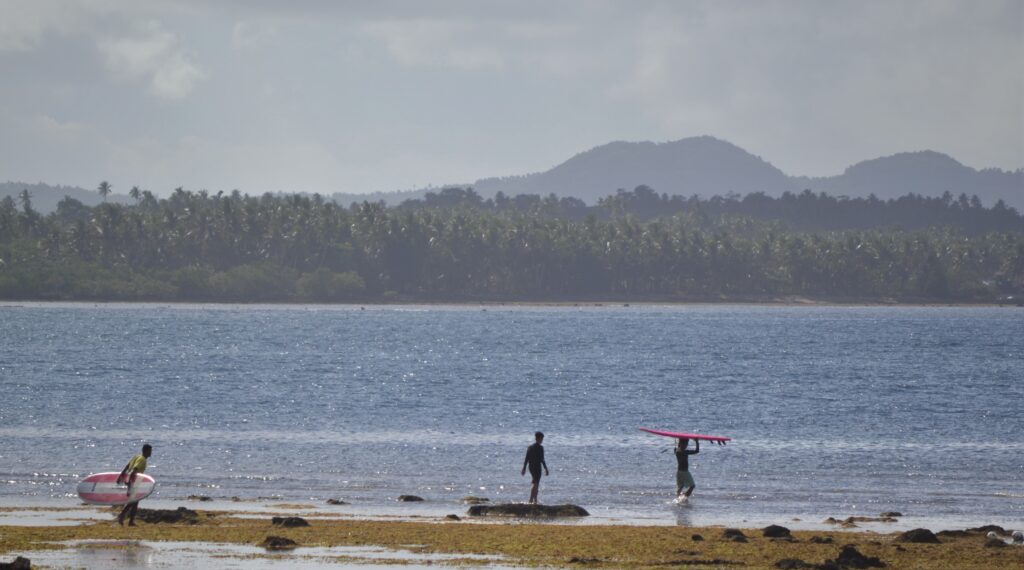
One of the prized destinations of Zamboanga City is the unique and fetching pink sand beach in Great Santa Cruz Island. In 2017, the National Geographic recognized it as one of the 21 Best Beaches in the World. The color of the sand reportedly comes from the pulverized red organ pipe coral from eons of surf erosion mixed with the white sand.
Speaking of pink, people should not miss visiting the Dimaukom Mosque in Datu Saudi Ampatuan in Maguindanao. The mosque is notable for its pink painted façade. Pink is said to be the favorite color of then-Mayor Samsudin Dimaukom, who financed the construction. Pink, he said, is meant to symbolize peace and love.
Marit Stinus-Remonde, in an article she wrote for The Manila Times, penned: “To someone based in Cebu City, Mindanao is a vast and diverse place. In my six days of travel, I managed to appreciate why Mindanao is truly the land of promise. Not the promise of huge fortunes and business ventures or of future military battles and bombings as we are conditioned to believe by the few loud voices talking about Mindanao.
“No, the promise is rather the promise of hope and possibilities. The promise of hope can be as gentle as I found it in the Transfiguration Monastery in Malaybalay, Bukidnon. Or it can be loud as in the beat of the drums at a jazz concert in Davao








